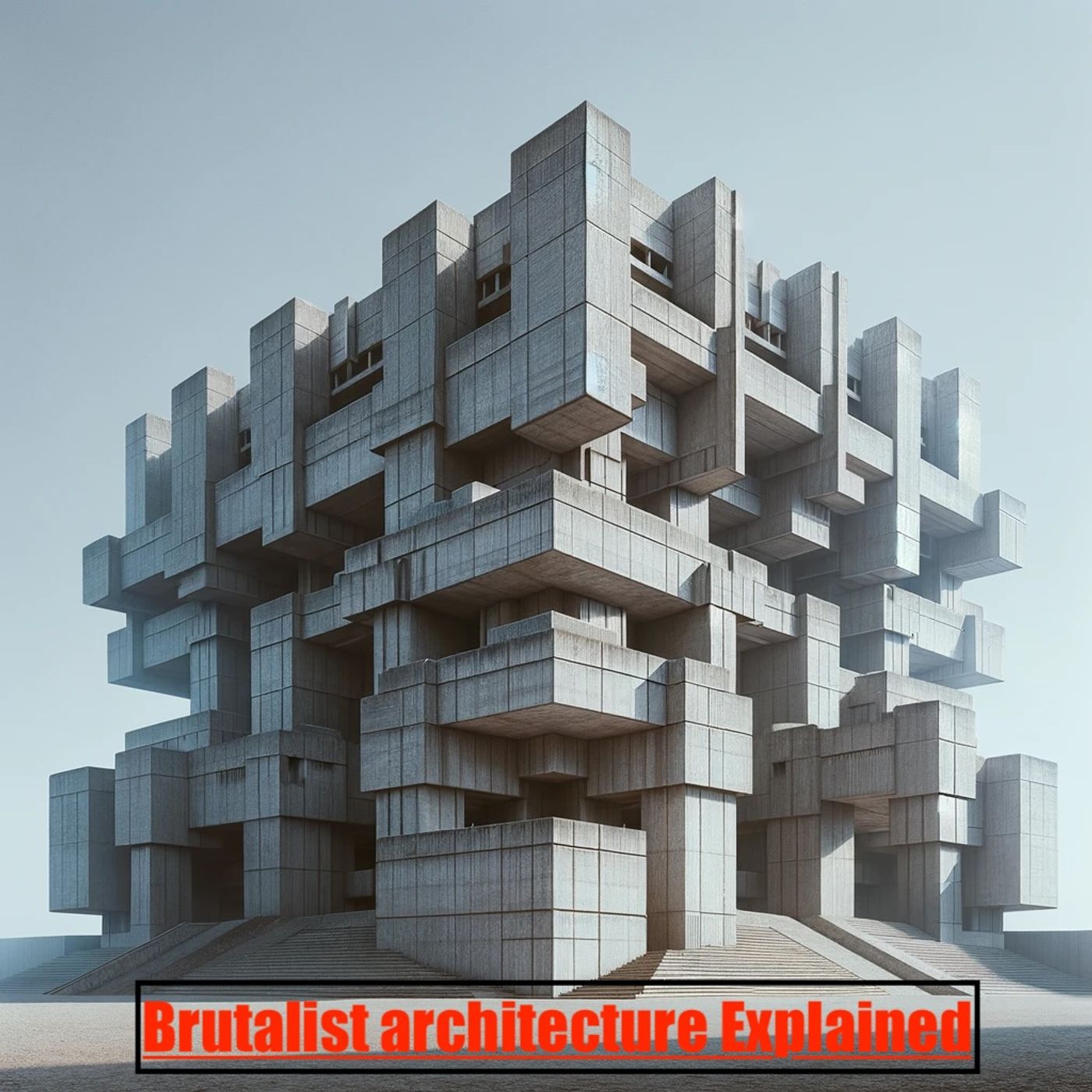
Brutalist Architecture Explained Brutalism represents one of the most polarizing architectural movements of the 20th century. Emerging out of the modernist ethos, Brutalism emphasized exposed concrete, geometric forms and an avant-garde, experimental approach to design. The style sparked intense debate regarding the intersection of architecture, art and social purpose. Here is a deep dive into the history, principles, iconic buildings and evolving legacy of this controversial architectural phenomenon. Origins and Influences The term "Brutalism" has roots in the French béton brut meaning raw concrete. The name was coined by architectural historians referencing Le Corbusier's Beton Brut concrete aesthetic showcased in his 1952 Unité d'Habitation housing complex. Brutalism subsequently grew into a broader stylistic movement, but concrete remained its signature material. Beyond Le Corbusier, Brutalism drew ideas from early 20th century avant-garde architecture
Be the first follower!